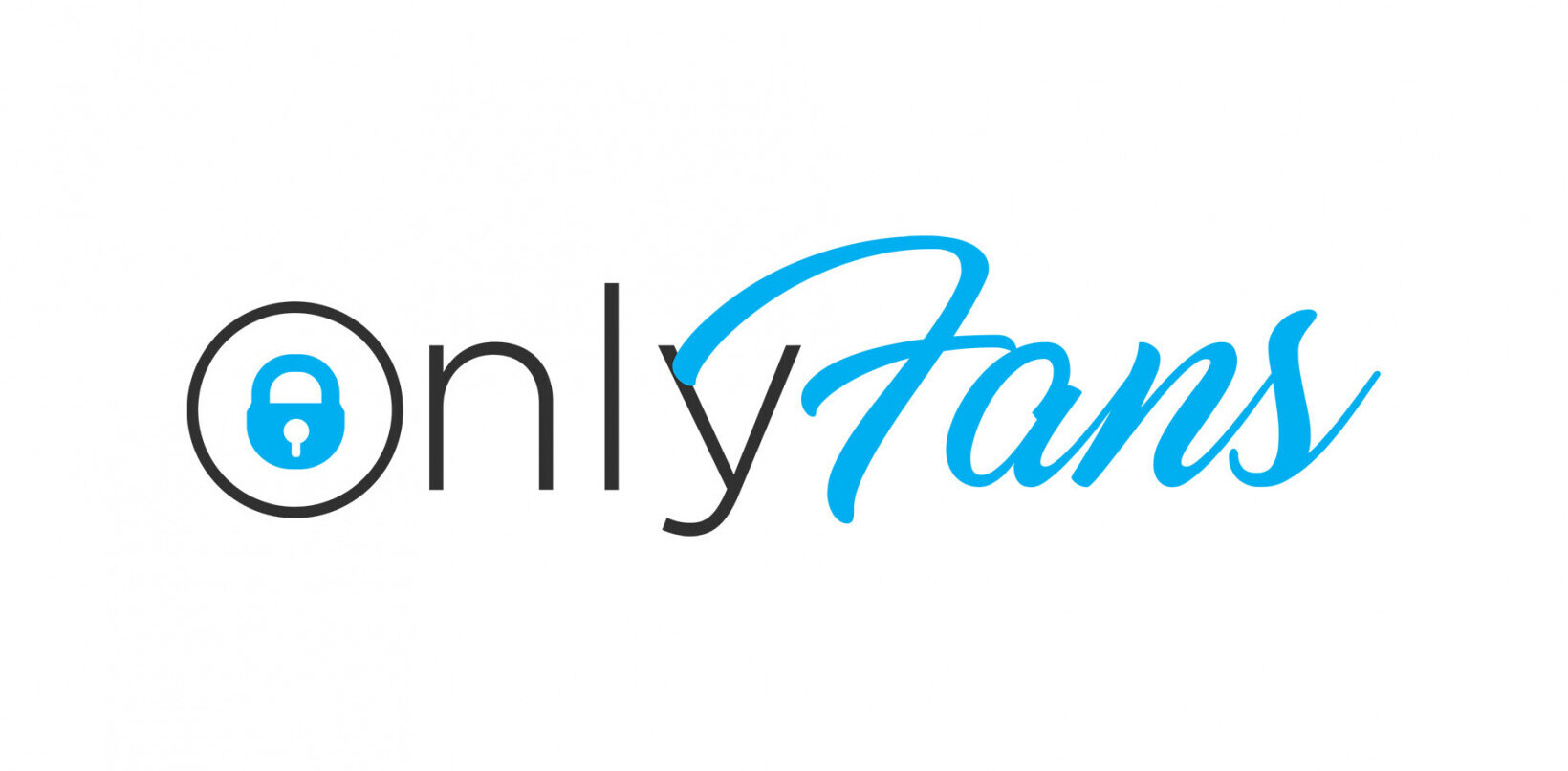
If I were to choose one word to define 2020 so far, it would be resilience. Others might describe it as “challenging.” And most people probably would choose more explicit four-letter words. From bushfires to pandemics, we can all agree it’s been a rocky first quarter. One of the most significant recent changes is the switch from office life to home life to flatten the curve.
While there are articles abound on how to smoothly transition to pleasantly working from home; my colleagues and I have been thinking a little more long term and I’d like to share our two cents on a crucial mindset that could help us through these times: resilience. And if you add grit and purpose to resilience, and you will reach what we Finns call sisu — here’s how we implement it in our organization.
Resilience is not a trait people have or don’t have, it’s a set of behaviors, thoughts and actions that can be learned by anyone. It’s about shifting your focus from worrying about the unknown future, to the quiet steady dignity of doing what you should, sticking to your plan — rinse and repeat; discipline equals freedom.
Research demonstrates time and time again that strong work relationships are built through frequent casual interactions around the coffee machine, witty retorts in the hallway, or post-its with inside jokes on the snack cupboards. Evolution has refined our cooperation skills, reading each other and all of the aforementioned seemingly unproductive activities build social connectedness, trust and therefore reduce communication overhead.
Now that our situation sees us connecting only through digital means for the foreseeable future — slack, calls, video conferencing — we need to find a way to foster those interactions in the virtual space.
Company culture is built in the office. In fact, an article in FT goes so far as to identify five key reasons why we need to go into the office: “to convince ourselves that what we do has some purpose, to make us feel human, to help us learn, to give us a feeling of work as distinct from home — and to facilitate the flow of gossip.”
So here’s how we’ve been trying to keep all those points going:
1. Purpose
A sense of purpose isn’t something that can be bestowed upon you. While management can endeavor to get you to believe in the organization’s purpose, ultimately, you’ll need to think clearly about your own purpose as an individual, and your purpose in context to your organization.
Simon Sinek refers to this as “knowing your why.” And you’ll need to identify and tap into your why now more than ever.
Is it serving your colleagues? Delivering on the company’s mission? Building future products? Whatever it is, remind yourself of it regularly when you’re tempted to do all your work from bed.
2. Human
Now that physical distancing is in place, I don’t think our team has ever shared this much information about themselves before. And it’s making them seem relatable. We’ve been showing what we’re cooking and eating, sharing at-home workout recommendations and cheering each other on for progressing in our newfound hobbies.
[Read: Foolproof tips to communicate better with your remote workforce]
In video calls, try and arrive a few minutes early, and don’t hang up immediately when the call is over. Check in with the team to see how their day is. The nature of how you’ll feel connected with your team will change — it’s important to recognize that and build upon it.
3. Learning
Extra time has meant opportunity to seek out additional training resources. There are plenty of online trainings, including this free Foundational AI course my colleagues and I made.
Also, why not try and find a mentor in your organization and ask them for a 30-minute call to ask them about their experiences. It might give you some fresh perspectives.
4. Making work distinct from home
It’s 2020, for many of us, work is life. However for people new to bringing work into their home environment, there are a few things to consider. Allowing work to seep into every aspect of your life can be hazardous, so make sure to implement some visual and mental boundaries.
You’ve heard this before, but again, taking time to create a dedicated working environment is super important. One of our colleagues gets ready and ‘travels’ to work. This means he goes for a twenty minute walk outside his house in the morning to mentally prepare himself for work.
[Read: 4 tips to keep work out of your weekends during the pandemic]
Another colleague has a ‘work hat’. When he’s wearing it, his wife and children know not to interrupt him, where possible. When it’s off, it’s home and family time again. These kinds of ‘mental hygiene’ factors can safeguard you from burning out before it’s time to get back into the office again.
5. Flow of gossip
Gossip generally has a negative connotation, but in this instance we refer to it as the smooth flow of seemingly-unrelated information. However after months of remote working you may be so tightly confined to your corner of the company, that you’ve lost touch with other segments of the business. Ultimately this isn’t helpful on several levels.
Now is an interesting and fruitful time to pilot virtual campaigns to get to know teammates from other regions or departments of your company and share your concerns or findings. The knowledge gained from this is often far more valuable than people think.
When we’ve come out on the other side of COVID-19 we’ll be busy picking up the pieces. Hopefully those pieces won’t include repairing a fractured company culture, forgotten work relationships or a loss of camaraderie. You can do your bit by learning how to develop your resilience in the face of uncertain times through these steps.
Get the TNW newsletter
Get the most important tech news in your inbox each week.





